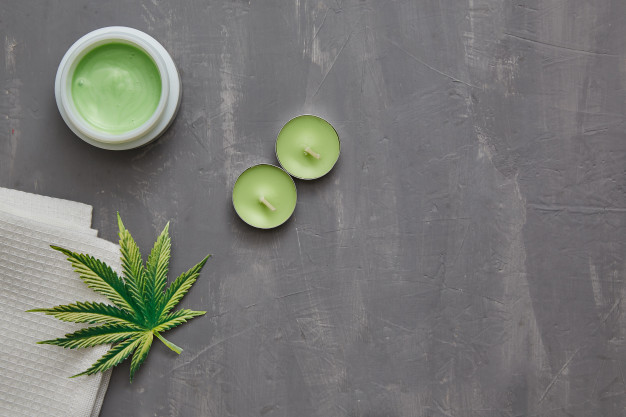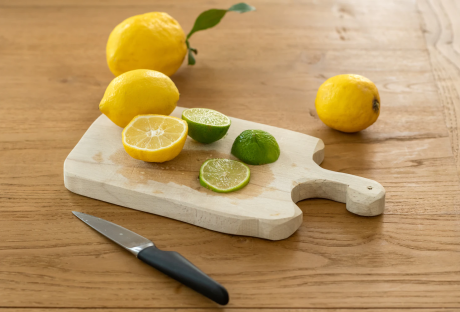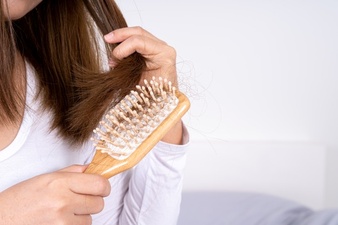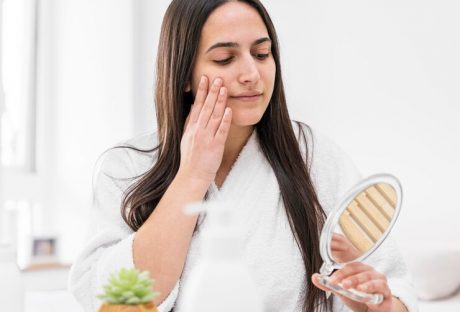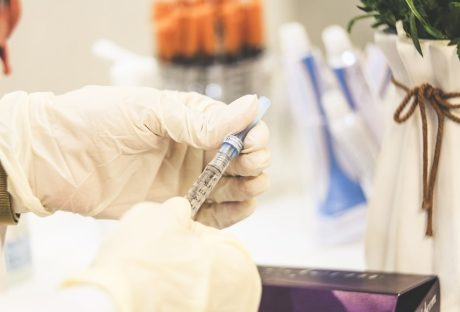Could Try Out The Latest Health Craze Benefit You?
The rise of CBD products as a helpful remedy for everything that ails you has caught the attention of almost everyone. This “miracle” product seemingly does it all, and now, it comes in different forms: oils, tinctures, body bars, and even lotion. But does CBD even really help? Let’s take a look at whether CBD products, especially lotions, are good for you and your skin.
Vocabulary to Know: Cannabidiol
CBD is short for Cannabidiol, a naturally occurring component of the cannabis plant. CBD is the non-intoxicating part of the plant, so it doesn’t make you feel high like THC does. Instead, it is said to have calming effects that can help with pain relief, insomnia, and more.
So far, scientists know that CBD is safe and non-addictive, and several medical studies have even shown that CBD products can have lots of medical benefits.
What CBD Can Do
Taking CBD as a natural supplement to pharmaceuticals is much more common this year than in years past. As more and more people discover how using CBD products can benefit them, they’re sharing their experiences with their friends and family. So far, CBD has been medically proven or suggested to help with:
- Autoimmune diseases
- Neurological conditions
- Metabolic syndromes
- Neuropsychiatric illness
- Digestive disorders
- Cardiovascular dysfunction
- Skin disease
Should I Use CBD Lotion?
The big question people ask is whether CBD lotion is good for their skin. There are so many social media influencers who insist that the products they (are paid to) use are the best, and anything else could disfigure your face. You know that this is dramatic and untrue, but using new products still can be worrisome, for good reason.
CBD lotion is actually one of the most commonly recognized forms that CBD products come in. Everyone is familiar with lotion! CBD lotions are safe to use every day, anywhere on the body. Their CBD content is designed to relieve pain, increase blood flow, decrease swelling, hydrate the skin, and help with conditions like arthritis, eczema, and psoriasis.
In particular, full-spectrum or broad-spectrum CBD lotion is often found to be the most effective because it contains other endocannabinoids other than CBD, which bind to your body’s endocannabinoid receptors. Together, your body more easily absorbs these beneficial compounds. Pure CBD oil, though still nice to use, does not contain any other endocannabinoids other than CBD, which your body does not absorb as readily.
Will CBD Lotion Help My Dry Skin?
Because CBD lotion contains lotion, you can use it anywhere you have dry skin. The moisturizing compounds in the lotion will be just as effective at soothing dry, cracked skin, plus you’ll get the benefits of the CBD infused into the lotion.
Many people apply CBD lotion to problem areas, including itchy patches of skin that are associated with psoriatic arthritis or contact dermatitis. CBD is soothing and can help lessen itchiness and pain from these types of rashes.
Where Can I Buy CBD?
Look for high-quality CBD products in specialty stores, online, or at trusted retailers. Research online the source of the CBD so you feel well-informed about its purity and the truthfulness of package claims. Always let your doctor know if you’re starting a CBD regimen.
Read Also:













